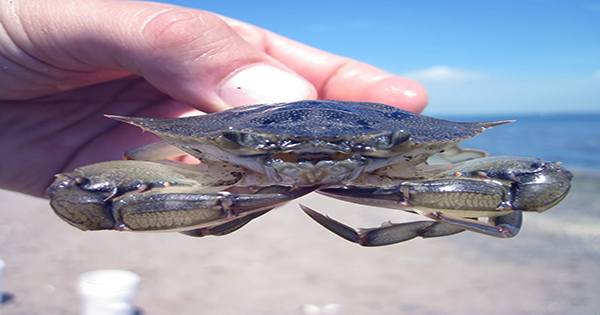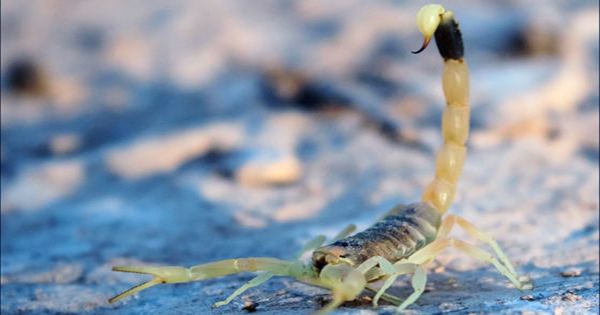After fossil remnants were uncovered in Argentina, a massive predatory flying reptile was discovered, becoming the largest pterosaur ever observed in South America and one of the largest flying vertebrates in Earth’s history. The new species belongs to the azhdarchid pterosaur family, which existed between 100 and 66 million years ago during the Late Cretaceous period. The Latin name Thanatosdrakon amaru was given to the “dragon of death,” the first referring to its deadly dragon-like nature, and the second coming from the Quichua language of South America, which means “flying serpent.” Amaru, often known as the “dragon of the Andes,” was a mythological Inca god.
According to a new paper published in the journal Cretaceous Research led by Dr Leonardo D. Ortiz David, Coordinator-General at the Laboratory and Museum of Dinosaurs at the National University of Cuyo in Mendoza, Argentina, its enormous wingspan was estimated to be between 7 and 9 meters (23 to 30 feet). Only two individuals of the new species have been discovered so far: a youngster and an adult. The fact that they were so close to one another suggests that, like other pterosaurs, these death dragons lived in groups.
The specimens are not only stunning flying predators, but they also include some interesting fossil nuggets. They contain bones from huge azhdarchids that have never been described previously, some of which have been preserved in their three-dimensional shape. “The amount of lines of work that the fossil remains will allow us to do excites the study team the most,” Dr. Ortiz David told IFLScience. “We can undertake muscle reconstructions and attempt to understand the kinematics of these creatures because of the good preservation of parts in three dimensions (an exceptional circumstance for these enormous flying vertebrates).”
T. amaru frequented river environments where bodies of water met broad plains to produce floodplains with sparse vegetation, according to the palaeoecological interpretation of their results (a fancy name for the study of prehistoric animals’ ecology), according to Dr. Ortiz David of IFLScience. Like fellow azhdarchid Quetzalcoatlus, a giraffe-sized pterosaur shown getting up to some egg-based antics in the Freshwater episode of David Attenborough’s new series, Prehistoric Planet, it had various adaptations for spending a lot of time on the ground.
Azhdarchids were distinguished by their huge heads and lengthy necks in comparison to their body size. Dr. Ortiz David said, “The many lineages of evolved pterosaurs have quite massive heads in comparison to the body.” “The azhdarchids take it to a new level. Due to their long necks, this group of pterosaurs was able to establish feeding processes on land without difficulty, despite the fact that they were flying creatures who spent most of their time on land. The finding team plans to employ bone sections and micro CT scans to learn more about T. amaru, particularly its development patterns and the pneumaticity of its bones, in order to shed further light on pterosaur biology.
















